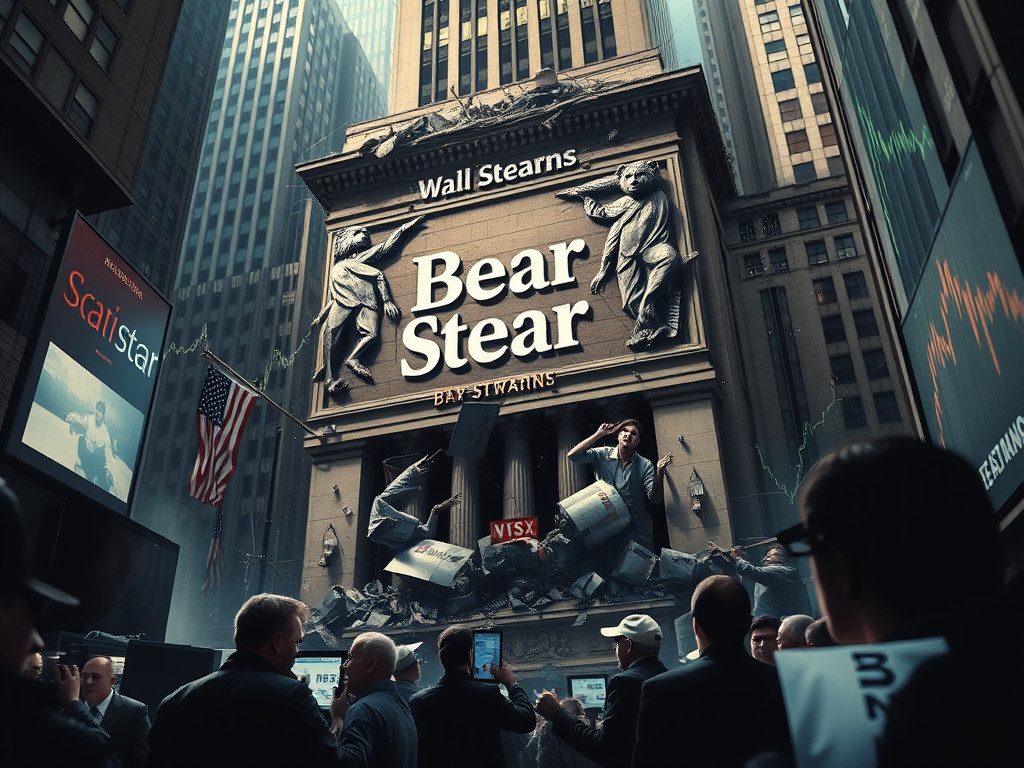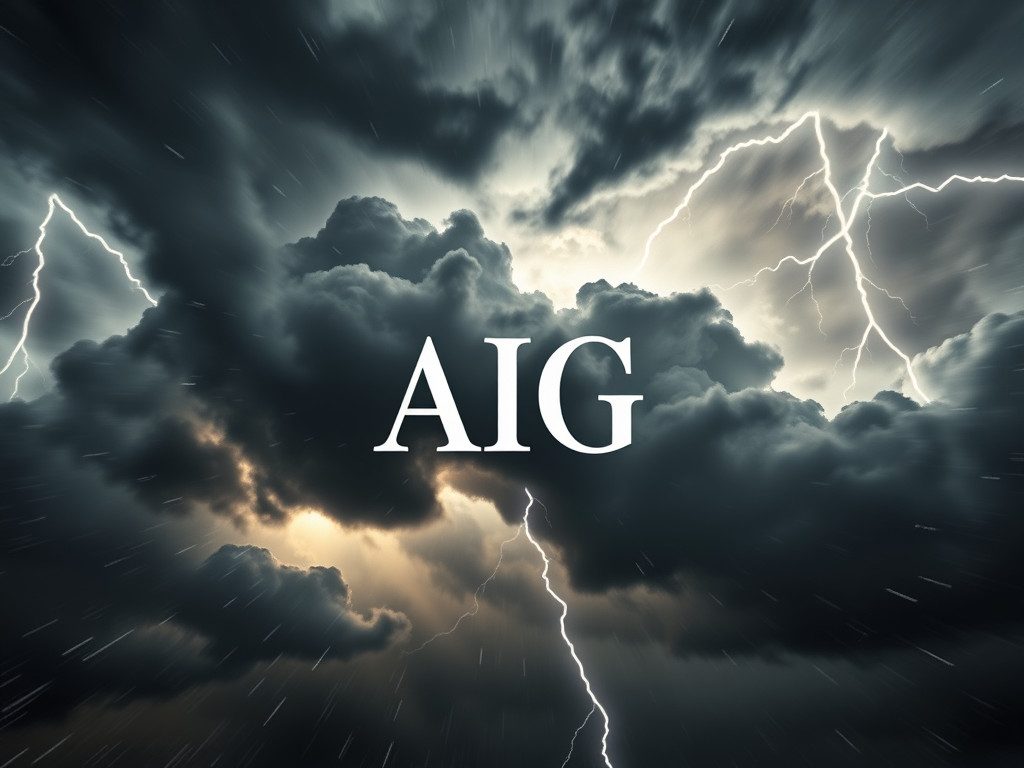Lehman Brothers – The Bankrupt Giant of Wall Street

The Risk Manager’s Diary – Day 04
Today in my world of risk, let’s talk about: The most famous bankrupt bank of Wall Street.
This morning, a young analyst whispered in the hallway: “But banks this big can’t fail, right?” I stopped dead in my tracks. Because once, in 2008, we all learned the hard way: yes, they can. And when they do, the whole world trembles. Let me tell you about Lehman Brothers.
Wall Street’s Shining Star
Lehman wasn’t just a bank. It was a 158-year-old institution, woven into the fabric of Wall Street. It financed companies, underwrote deals, and rode the housing boom of the early 2000s to dizzying heights. At its peak, Lehman had over $600 billion in assets. The name carried weight, prestige, and power.
But beneath the polished surface, the foundations were rotting. Lehman had gorged itself on subprime mortgages1 and complex mortgage-backed products. As long as house prices rose, the game worked. When prices fell, the tower began to crack.
Leverage on Steroids
Lehman’s appetite was insatiable. It borrowed heavily to buy more mortgages and mortgage-backed securities. Its leverage ratio2 climbed above 30-to-1 — for every $1 of its own money, roughly $30 was borrowed. It was like balancing an empire on a needle. One slip, and the fall would be catastrophic.
Funding: When the Music Stops
Day-to-day survival depended on short-term market funding like the repo market3, where firms post securities as collateral for overnight cash. As doubts about Lehman’s mortgage assets grew, lenders demanded bigger haircuts4 or walked away entirely. Liquidity evaporated. A solvent-looking balance sheet at dawn could be a death sentence by dusk.
2007–2008: The Cracks Appear
Defaults rose. Subprime securities soured. Ratings were cut. Lehman’s stock price collapsed. Funding dried up. Rumors swirled that losses were being masked. Confidence — the invisible glue that holds finance together — evaporated.
The Weekend That Changed the World
On September 15, 2008, after failed rescue talks, Lehman filed for bankruptcy. It was the largest in U.S. history. Employees carried boxes out of their offices. Markets around the globe went into freefall. Credit froze. Panic spread. What was once “too big to fail” had failed — spectacularly.
The Domino Effect
Lehman’s collapse didn’t just wipe out investors. It triggered a systemic crisis. Banks stopped lending to each other. Money-market funds “broke the buck.” Global trade seized as financing vanished. Governments and central banks scrambled with bailouts, guarantees, and emergency programs. But the damage was done: trillions in wealth evaporated, millions lost jobs, and the world plunged into the Great Recession.
The Lessons We Carry
Lehman is a scar that still burns in every risk manager’s mind. Lessons? Size doesn’t equal safety. Leverage magnifies fragility. Funding risk can kill before credit losses are fully recognized. Transparency matters. And trust, once broken, can topple giants.
Closing Diary Note
Lehman’s end was not just the story of a bad bet on mortgages — it was the story of a bank that ran out of friends and funding. Balance sheets showed assets, but cash was gone, and trust evaporated overnight. More than credit risk, this was the ultimate lesson in liquidity risk — when you can’t roll over tomorrow’s debts, history doesn’t care how many centuries your name has survived. Lehman proved that “too big to fail” was only a myth.
Footnotes
1. Subprime mortgages — home loans to borrowers with weaker credit profiles, carrying higher default risk.
2. Leverage ratio — how much a firm borrows relative to its equity; high leverage amplifies both gains and losses.
3. Repo (repurchase agreement) — short-term borrowing secured by collateral (usually securities), reversed the next day.
4. Haircut — the discount applied to collateral value by lenders; bigger haircuts mean you can borrow less cash for the same securities.
Tracked terms: Lehman Brothers, subprime mortgages, leverage ratio, repo, haircut, liquidity risk, systemic risk, bankruptcy, Great Recession.



